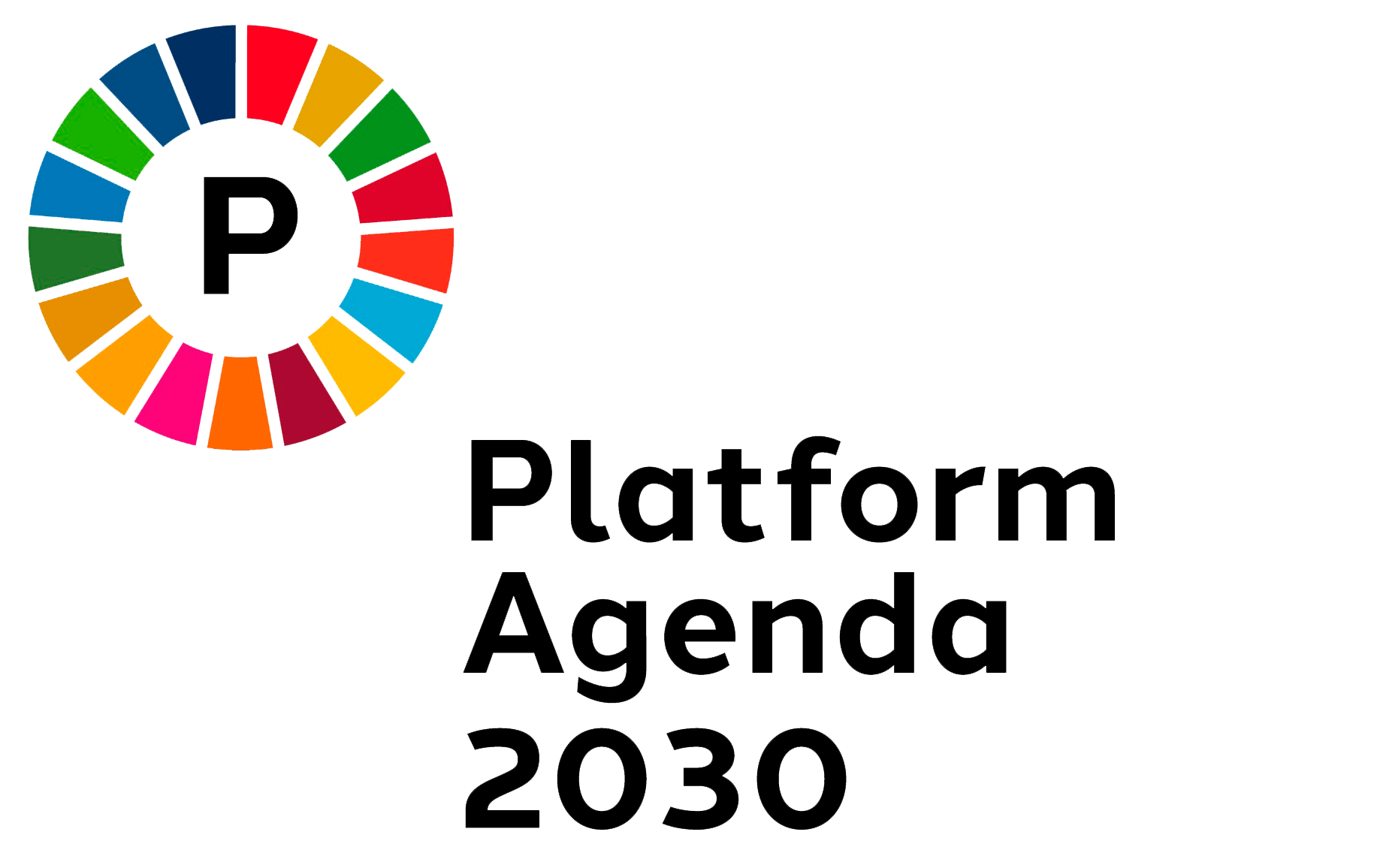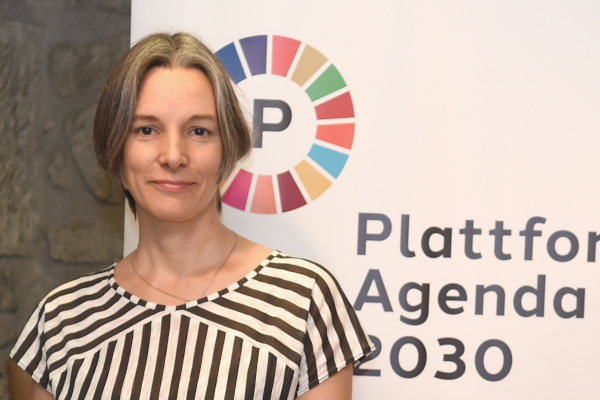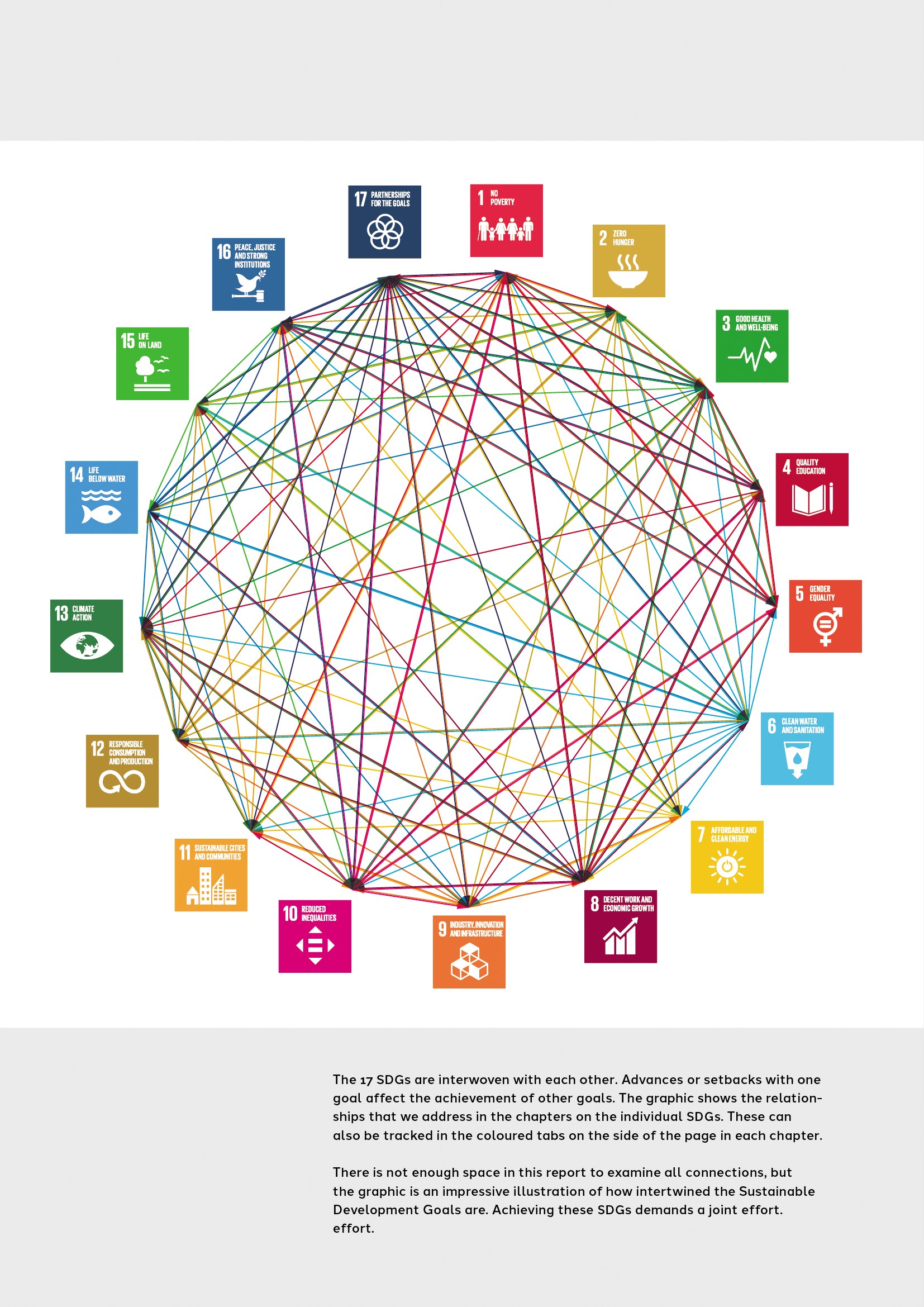Introduction
Four years ago, in 2018, we presented the first report from civil society on the implementation of the 2030 Agenda in and by Switzerland. Now, in 2022, we present a new report. It adds a civil society perspective to Switzerland’s official Voluntary National Review, which will be presented to the UN High Level Political Forum in July.
Our focus is implementation in Switzerland and by Switzerland abroad. Many of our activities and political decisions impact on those living beyond our borders. Switzerland has a responsibility to support sustainable development and the achievement of the 17 SDGs worldwide, be that by our consumption patterns, in our trade policy, or by the fair structure of our tax system. For an overview of the status of implementation at the global level and in other countries, please refer to the various reports published by the UN and its specialised agencies.
This report is the product of a thorough process. Experts from our member organisations and beyond were identified for each of the SDGs. In group interviews we established where we actually stand with implementation, prioritised the areas in which action is needed, and developed approaches which we present in the report as recommendations. Our aim is to give a succinct overview for each SDG to aid understanding of the goal itself and the responsibility that Switzerland holds. We make no claim as to completeness. For those who are interested, our recommendations for further reading point out the more extensive reports, studies and websites that are available.
We believe that politicians have a duty to create the frameworks needed to make sustainable development a reality. Our recommendations are therefore aimed primarily at political decision-makers at all levels, in local authorities, cantonal administrations, and the federal government. Naturally, businesses and every individual must also play their part.
The 17 Sustainable Development Goals cannot be seen in isolation. They are interwoven with each other, and each SDG has an effect on other SDGs. For example, a sustainable food system protects biodiversity, ensures good working conditions and living wages, and adapts to climate change. The connections that we have identified in each chapter are indicated by the tabs on the side of the page. The graphic provides an illustration of some of these relationships.
To keep the report easily to read, we have not included footnotes or detailed sources. The ‘Further reading’ section provides additional underlying data, but we will also be pleased to help you personally if you need information on a particular topic. We look forward to your feedback and to hearing from you directly.
Here’s to an informative read!


